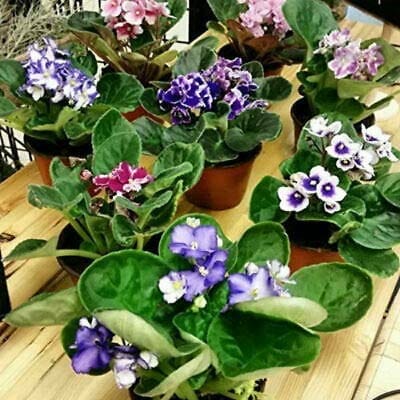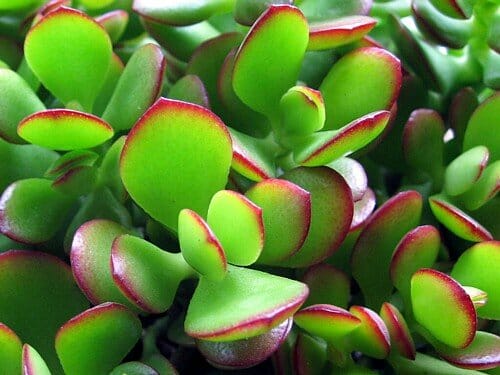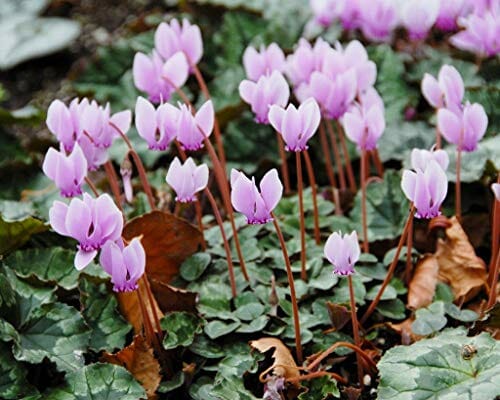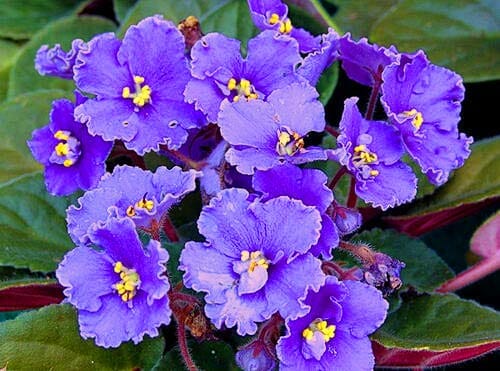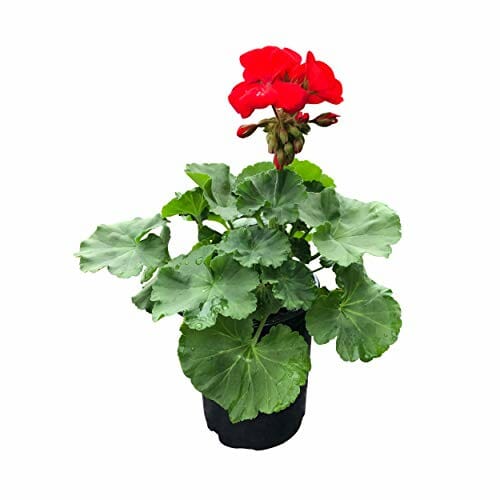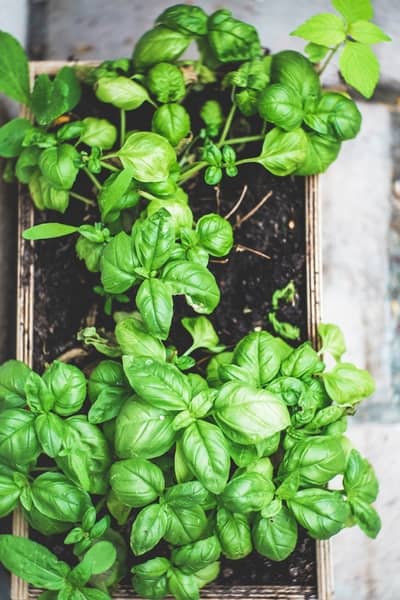If you like gardening and coffee, you’d be happy to learn what plants like coffee grounds.
This article explains what kind of coffee grounds are best for your plants and how they help your plants grow.
You also know how to put them to use effectively and proficiently in your vegetable garden, just as realizing which plants profoundly get an advantage out of coffee grounds.
Fresh coffee grounds are a proficient wellspring of sustenance for plants, yet you must have some restraint.
Houseplants like Philodendrons, Jade Plants, Christmas Desert flora, Cyclamen, and African Violets develop best using coffee grounds.
- What Houseplants Benefit from Coffee grounds?
- What Plants do not like Coffee grounds?
- FAQs
- How do you Get and Store Coffee grounds?
- What are some Tips for Coffee Ground Use in an Indoor Garden?
- Are Used Coffee Grounds Good for Potted Plants?
- How Frequently Should You Use Coffee grounds in Your Houseplant?
What Houseplants Benefit from Coffee grounds?
If you’re searching for a more organic technique for treating your plant, coffee grounds are undoubtedly an ideal decision.
Nonetheless, not all plants would develop well with coffee grounds because of the nitrogen they produce. Here are a few kinds of indoor plants that like coffee grounds:
Jade Plants (Crassula ovata)
Using coffee grounds in the slightly acidic soil of Jade Plants gives them strong stems and better water maintenance.
Christmas Cactus (Schlumbergera spp)
By using coffee grounds for desert flora and succulents, you’re ready to deal with a good waste framework.
That helps stay away from any stale water that would, at last, kill your plant through decaying. The micronutrients found in coffee grounds additionally empower blossoms.
Sowbread (Cyclamen hederifolium)
Succulents are lovely houseplants.
The plant prospers with lavish green leaves and winter blossoms with little coffee grounds blended into the soil.
African Violets (Saintpaulia spp)
These plants love nitrogen and acid. They, therefore, flourish in soil sprinkled with coffee grounds. Be sure not to get coffee on their leaves.
Most of the plants recorded here flourish in acidic soils. We’ve referenced that the odds of coffee grounds changing the neutral pH of your soil would be near outlandish.
Still, most coffee grounds are great for acid-loving plants.
Being necessary for the whole soil framework, it adds to the acid requirements of the actual plant.
What Plants do not like Coffee grounds?
Coffee grounds hinder plant growth in certain species, including geranium, asparagus greenery, Chinese mustard, and Italian ryegrass.
Then again, composting coffee grounds further develop yields of soybeans and cabbage.
In other plants, grounds repress seed germination of clovers (red and white) and horse feed.
On the other side, coffee grounds upgrade sugar beet seed germination. The impacts of coffee grounds on seeds and plants are variable, problematic, and intense to call.
FAQs
What are the Benefits of Using Coffee grounds?
Prepared gardeners say that adding coffee grounds address many plant issues and work for different plants in various settings.
Decrease Plant Sickness
The typical microorganisms in the coffee grounds forestall the growth of the most infective parasites that would cause plants to decay.
Prevent Vermin
Vermin may not be an over-the-top issue inside. It would, in any case, be worth focusing on that the use of coffee grounds hinder bothers that might cause damage to your plants. They’re particularly compelling against slugs.
Improve Soil Quality
The nutrients release at the point when the grounds decay. These micronutrients are nitrogen, phosphorus, and potassium. They’re excellent fertilizers that, in the long run, assist your plant with growing. The cycle might take time, so don’t anticipate speedy outcomes.
Water Maintenance
It would help if you didn’t water indoor plants that frequently. But, having said as much, using coffee grounds in your houseplants permits you to water them even less in this manner.
Gives Seepage
On occasion, you’re the sort who might have watered the plants a touch more than required. Coffee ground separates the soil and keeps away from any stale water that might cause decaying in your plant‘s roots.
Wards Felines Off
For feline proprietors, this would be very great. Also, using coffee grounds deters your catlike companions from using your plant beds or pots as litter boxes.
Through these focuses, we can say that coffee grounds are very beneficial. However, you’d have to use them with some restraint. So much anything can be deplorable eventually.
How do you Get and Store Coffee grounds?
Suppose you’re not a coffee consumer but need to evaluate using coffee grounds in your little indoor garden. In that case, you can undoubtedly get some at some local coffee shops.
It’s free and very plentiful any place you go. You should inquire. Some enormous names in the business re-pack these grounds and show them in their store, free for any individual who needs them.
What are some Tips for Coffee Ground Use in an Indoor Garden?
Using the coffee grounds appropriately is very significant. Many coffee grounds may ultimately harm your plants, and it’s consistently about moderate use. Here are a few hints on the most proficient method to use coffee grounds effectively:
Try not to Use Coffee grounds for Seedlings
The measure of nitrogen, phosphorus, and potassium in coffee grounds is very high for young plants. So it’s ideal to use them when you’ve repotted your seedlings or then again if they have effectively developed.
Blend In with Your Mulch
Mulch’s fundamentally a layer of material set on the outer layer of your soil to give nourishment and protection.
Fresh grounds have many micronutrients that are promptly accessible for plant utilization.
It’s still ideal for blending the dirt in with mulch instead of straightforwardly blending in with the potting soil.
This interaction permits the components in the grounds to combine well with the earth.
1:3 Proportion
As referenced, coffee grounds require some restraint. You can blend the coffee grounds straightforwardly with the soil; however, it not be as powerful as mulch. So, a proportion of 1 section of coffee ground to 3 pieces of dirt’s the norm.
Use Sparingly
When expected to be used in a bit of compartment or pot, use coffee grounds in modest quantities. A tablespoon would be sufficient for a bit of plant. You need to cover the top piece of your soil with a thin layer of coffee grounds.
By following these tips, you can take advantage of the coffee grounds you’ve at home.
Are Used Coffee Grounds Good for Potted Plants?
Coffee grounds from your cherished coffee brand function as fertilizer outside in your garden, yet they don’t work well with potted plants.
Potted plants need more microorganisms hanging out in them to separate the coffee grounds into a structure that your delicious can use.
Suppose you mix the coffee grounds into coffee and weaken it with water. In that case, however, it functions admirably as an option in contrast to substance fertilizer!
Mix up some coffee—wouldn’t have any desire to squander the great stuff on your plants—and afterward weaken it with some water.
It would help if you used equivalent measures of coffee and water on your plants. So, if you prepared eight ounces of coffee, try to add eight ounces of faucet water to it.
Presently you can use that weakened coffee to water your plants actually like you typically do.
Test out this Do-It-Yourself fertilizer a couple of times during your delicious’ dynamic, growing season to check whether your plant child likes it!
You can also check out this video on how to use spent coffee grounds for potted plants.
How Frequently Should You Use Coffee grounds in Your Houseplant?
With the measure of organic matter accessible in coffee grounds, there’s no question that it be very advantageous to use for your indoor garden.
In any case, you don’t need to put them on your plant‘s pot ordinary. That would cause an irregularity with the nutrients they get and would ultimately hurt your plant.
Preferably, you can add a spoonful of coffee grounds to your plants, each 4 for about a month and a half.
This sum would be more than enough for your houseplant. Being that the consistency of the grounds is outstanding, you’d not require that much to boost their benefits.
Well, that’s that. Hopefully, you’ve learned more about what plants like coffee grounds, and if you have more suggestions of your, feel free to leave them in the comments!


